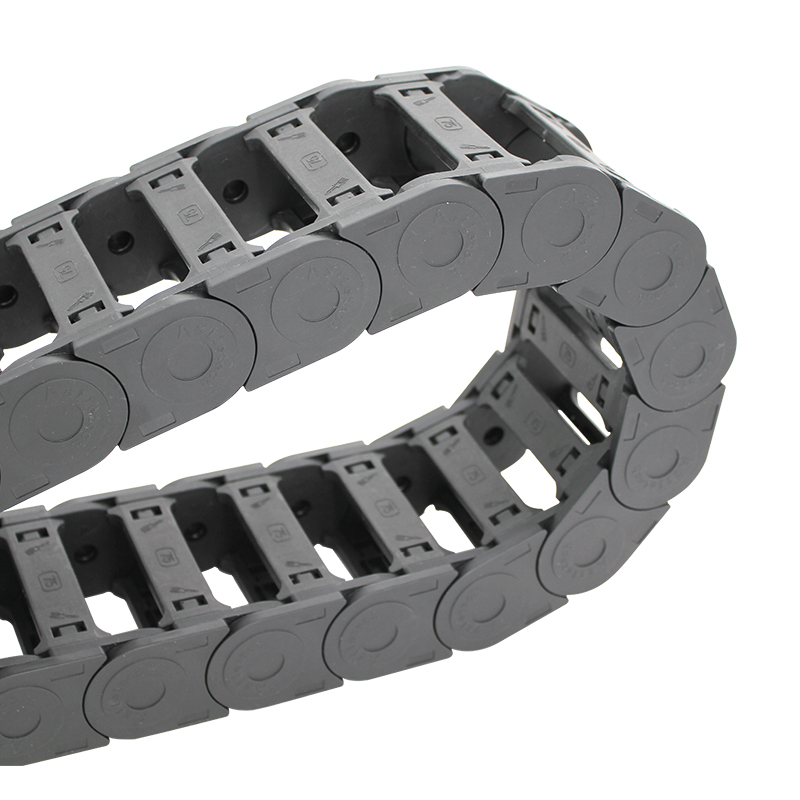cable carrier systems
Cable Carrier Systems A Comprehensive Overview
Cable carrier systems, often referred to as cable track systems or cable chains, are essential components in modern industrial applications. These systems facilitate the safe, organized transportation of electrical cables, hydraulic lines, and pneumatic hoses in various environments, including manufacturing plants, robotics, and automated machinery. Their primary purpose is to prevent cable wear, tangling, and damage, ensuring a seamless operation in dynamic settings.
One of the significant advantages of cable carrier systems is their ability to maintain organization and order. In facilities where machinery moves frequently, cables can become entangled, leading to potential downtime and costly repairs. By utilizing cable carriers, companies can effectively manage the routing of cables along designated paths, significantly reducing the risk of kinks or breaks.
Cable carriers come in several designs, tailored to suit different applications and environments. From lightweight plastic chains for small machinery to robust metal carriers designed for heavy industrial use, there is a wide range of products available. Additionally, customizable solutions allow businesses to adapt their systems to specific needs, ensuring compatibility with existing machinery and operation workflows.
cable carrier systems

When selecting a cable carrier system, several factors should be considered, including the type of cables being used, the range of motion required, and the environmental conditions. For instance, applications involving high speeds or harsh environments may necessitate specialized materials and designs to withstand stress and wear. Furthermore, many cable carriers are designed to be modular, allowing for easy installation and modification as operational needs change.
Maintenance is another critical factor to consider. Regular inspections and cleaning of cable carrier systems can prevent buildup of debris and reduce wear on both the cables and the carriers themselves. Many modern systems are equipped with guides and protective covers that enhance durability and extend the lifespan of the components.
In conclusion, cable carrier systems play a vital role in ensuring the efficient and safe operation of machinery across various industries. By providing a structured method for managing cables and hoses, these systems not only enhance productivity but also minimize the risk of equipment failure. As technology continues to advance, the development of more innovative and efficient cable carrier systems will undoubtedly contribute to even greater operational efficiencies in the years to come.








